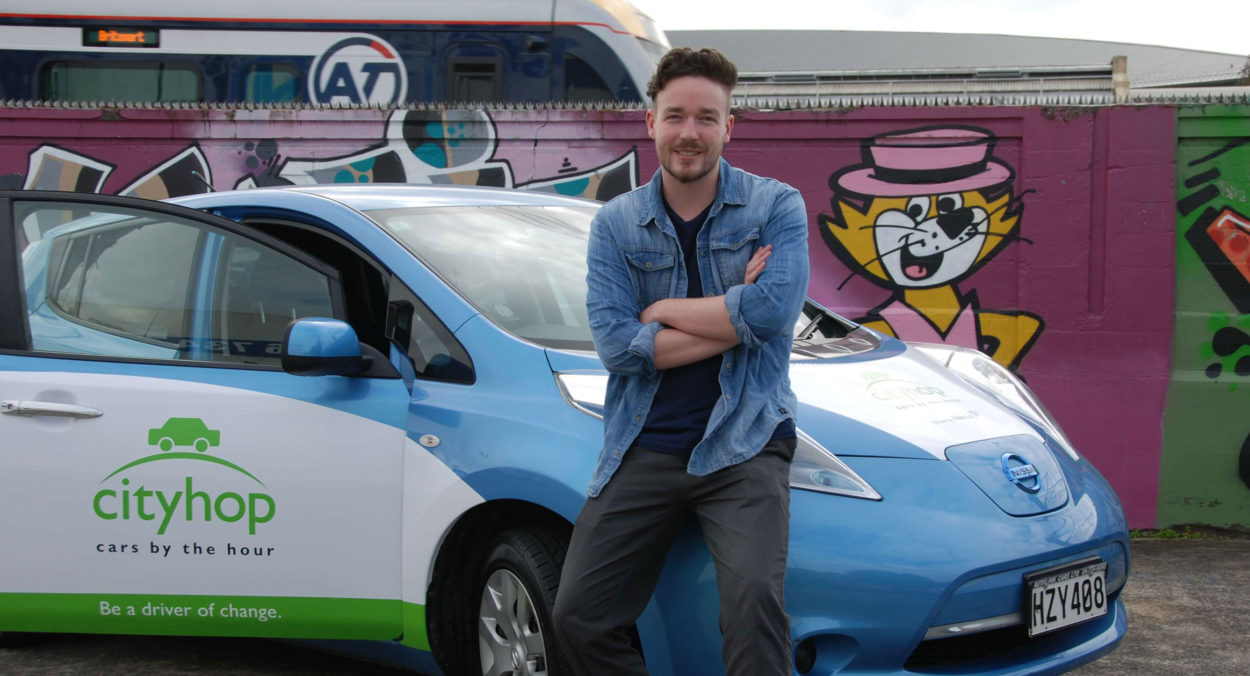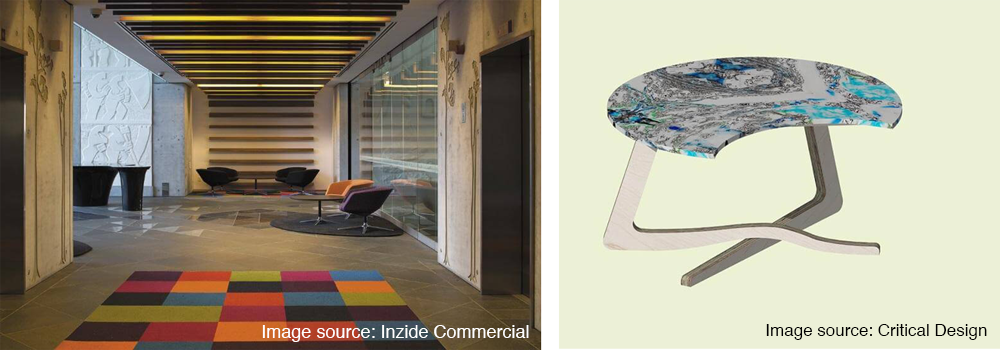The transition to a circular economy offers significant economic and environmental benefits for New Zealand. Recent research looking at the potential of moving to a circular economy in Auckland, New Zealand’s largest city, highlights substantial benefits if circular economy principles and practices were fully embraced. The research, undertaken by the economic consultancy Sapere, on behalf of the Sustainable Business Network (SBN) highlighted that;
“Auckland could liberate up to $8.8 billion in additional economic activity and reduce carbon emissions by 2,700 ktCO2e in 2030 by shifting from the current linear take, make and waste model to a circular economy.”
Results of the research, which was supported by Auckland economic development agency, Auckland Tourism, Events and Economic Development (ATEED) as well as the Ministry for the Environment (MfE) and a range of private sector partners, are compelling, with considerable commercial opportunities emphasised across a range of industries including food, transport and the built environment.
As the report outlines, these industries also tend to be ones which include “high waste, high cost and heavily polluting activities” and that economic and environmental outcomes can be delivered through the application of new business models which release value and unlock growth. However, while the opportunities are real, experience suggests that more will need to be done, by the government, by businesses and by society, if the potential benefits are to be realised.
The case for transitioning to a circular economy is clear, as the world’s population continues to grow and the demands placed upon our natural resources accelerate, the current extractive model of development is not sustainable. The United Nations Sustainable Development Goals (SDGS), recognise that economic growth must not only facilitate improvements in health, social protection and job creation, it must also contribute to tackling climate change and environmental protection.
Despite a global commitment to these goals, which include specific reference to ensuring sustainable consumption and production patterns, the speed of transition is still too slow and the undoubted economic opportunities are at risk of ‘being left on the table’. While the SBN report highlights the scale of the potential for Auckland, this is set in the context of a global opportunity that the circular economy could unlock an estimated $4.5 trillion USD of economic growth by 2030. The ability of companies in Auckland, and indeed New Zealand more generally, to capture even a small share of this international market has the potential to drive significant new export earnings.
Domestically, there are already examples of companies leading the way across New Zealand, with companies such as Inzide Commercial, Resene, Yourdrive, City Hop, Critical Design and Junk Run all demonstrating circular economy principles including product stewardship, sharing economy, and resource recovery. The important question for policymakers, however, is how to enable these principles and practices to be more systematically embedded in the economy and society and what are the barriers that need to be removed, or the incentives that need to be in place, to facilitate the transition.
In general terms, there are three areas where action and change are required if more progress is to be made across the country. Firstly, there is an ongoing need for the business benefits from the adoption of circular economy opportunities to be both demonstrated and promoted. While there has been considerable media coverage and awareness raised of the sharing economy, which is just one dimension of the circular economy, there is still much work to be done if the application of new business models is to become more ubiquitous across the private sector, particularly if these models are to replace existing more extractive and resource intensive approaches which may still be profitable in the shorter term but ultimately are unsustainable. Here, those companies and entrepreneurs who are leading the way should be celebrated and showcased.
Secondly, as consumers, we all need to consider our own purchasing decisions and place more emphasis on seeking out products and services that support the growth of the circular economy. Market signals can be an important driver of growth and improved public awareness and demand for products and services that pay closer attention to resource recovery, reuse and the whole of life value could be a key factor in supporting further growth of the circular economy across all sectors. For the required societal behaviour shift to become more mainstream, there is a need for the financial and environmental benefits of ‘going circular’ to be championed and communicated.
Thirdly, government, both central and local, has a role to play in enabling the growth of the circular economy. This could be through regulation, through procurement, or through considering where incentives might be required to encourage both businesses and consumers to make decisions that ultimately support the growth of the circular economy and deliver enhanced environmental outcomes that contribute to the achievement of Sustainable Development Goals. This could include, for example, the adoption and promotion of relevant business standards, such as BS 8001 which provides a framework for implementing a circular economy within organisations and provides companies with the opportunity to demonstrate their commitment and credentials. This, in turn, provides consumers with a measure of quality assurance in their purchasing decisions.
Finally, returning to the Auckland opportunity as described in the SBN report, there is also recognition that unlocking the potential of the circular economy also requires collaboration, and a systems approach that brings the city, government, Auckland Council and industry together. This is an important next step and one where the SBN’s Circular Economy Accelerator has a key role to play and where there is an opportunity for more businesses to lead the way in supporting the transition.
[mks_separator style=”solid” height=”2″]






Leave a comment